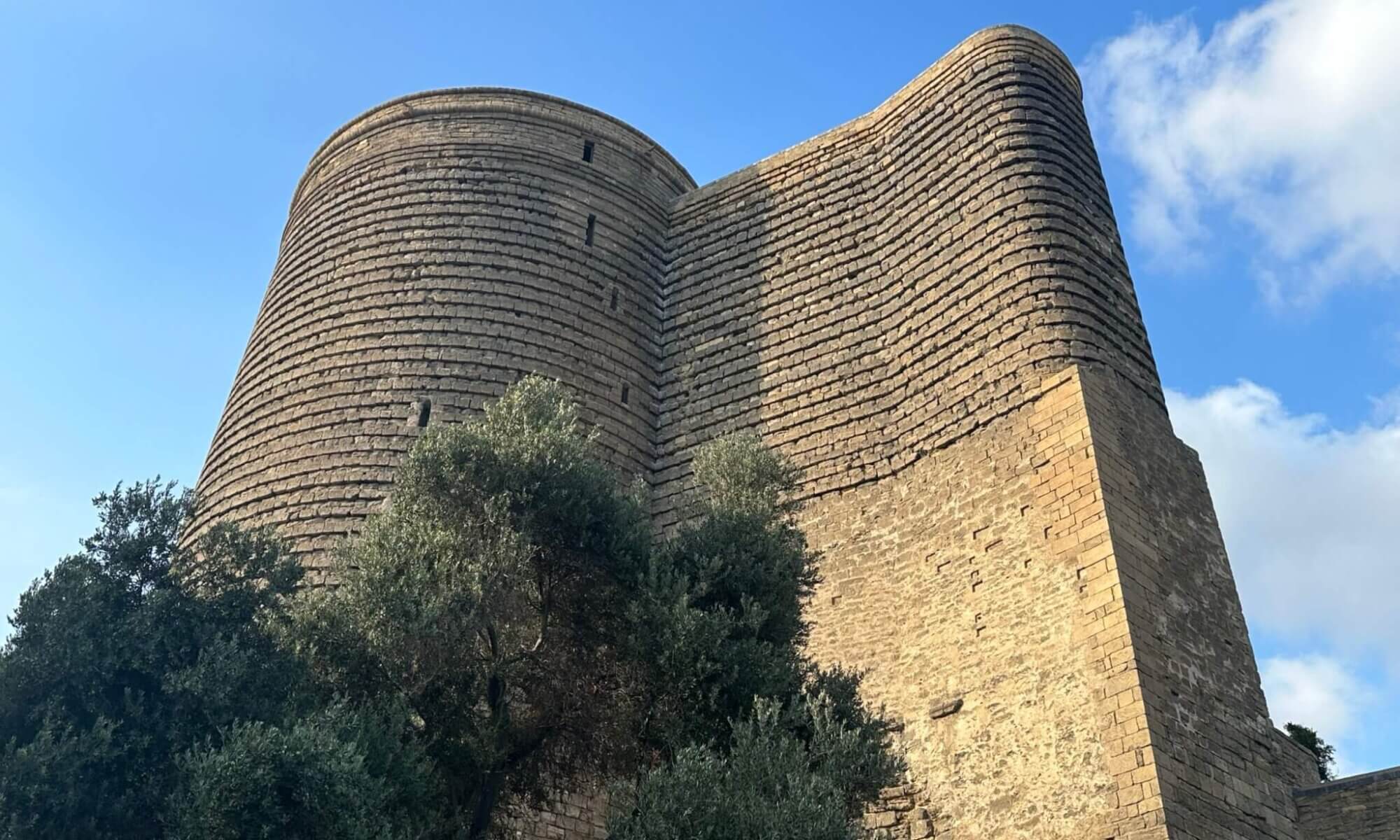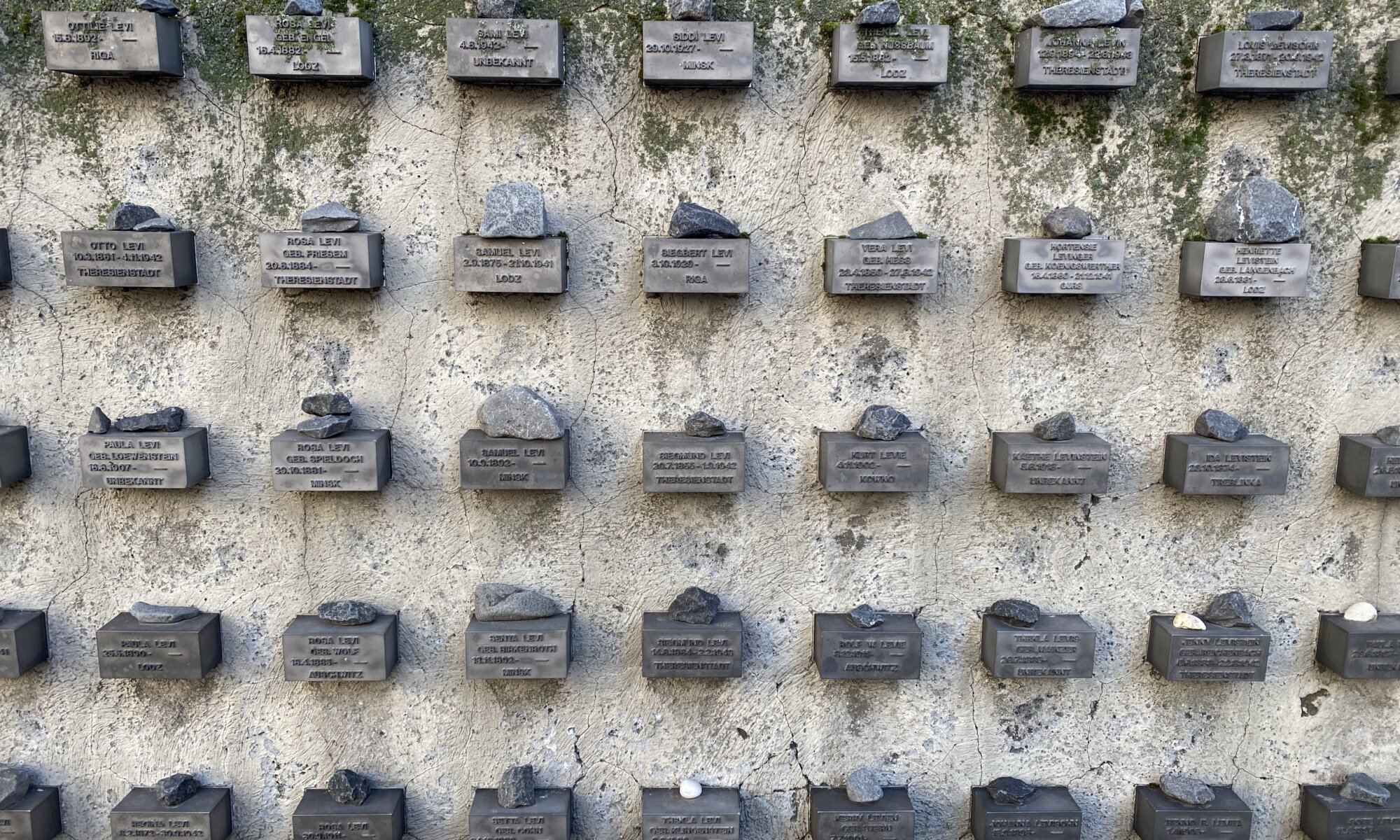What do Theodor Adorno, Paul Ehrlich, Anne Frank, Erich Fromm and Mayer Amschel Rothschild have in common? They were Jews living at Frankfurt am Main. The city has a long Jewish history dating back to the year 1150 and the traces are still visible today – especially at the riverside of the Main with beautiful houses and at the Börneplatz, the place where the main synagogue was burned down on the 9th of November, 1938. Two impressive museums commemorate the Jewish heritage of the city.
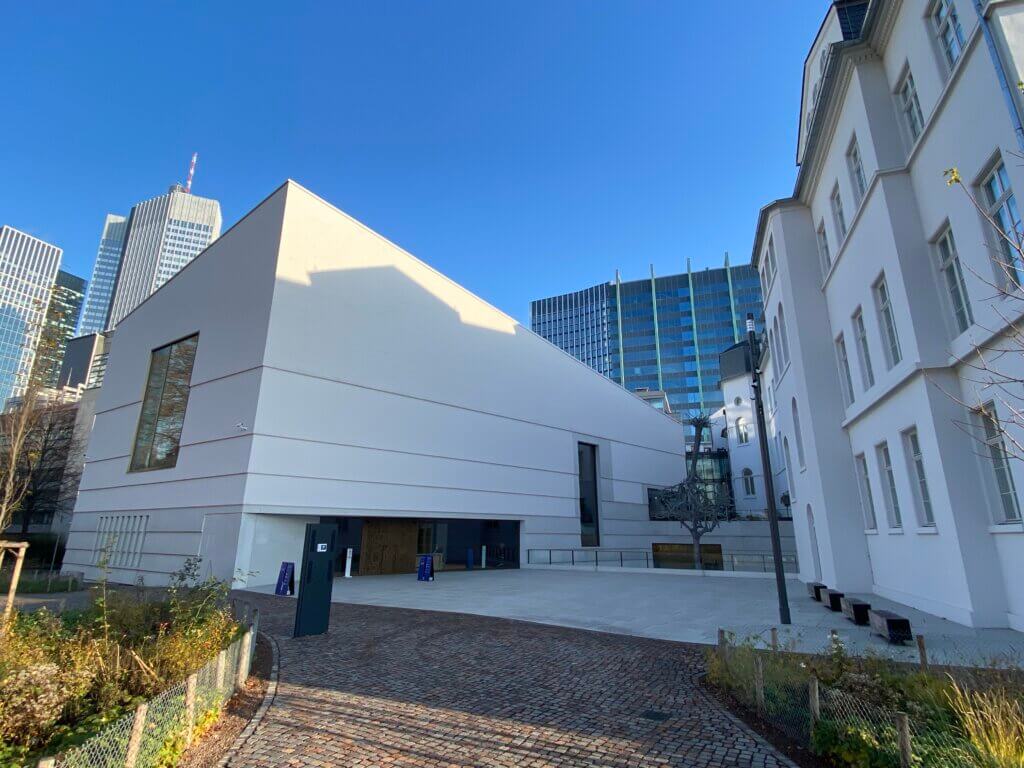
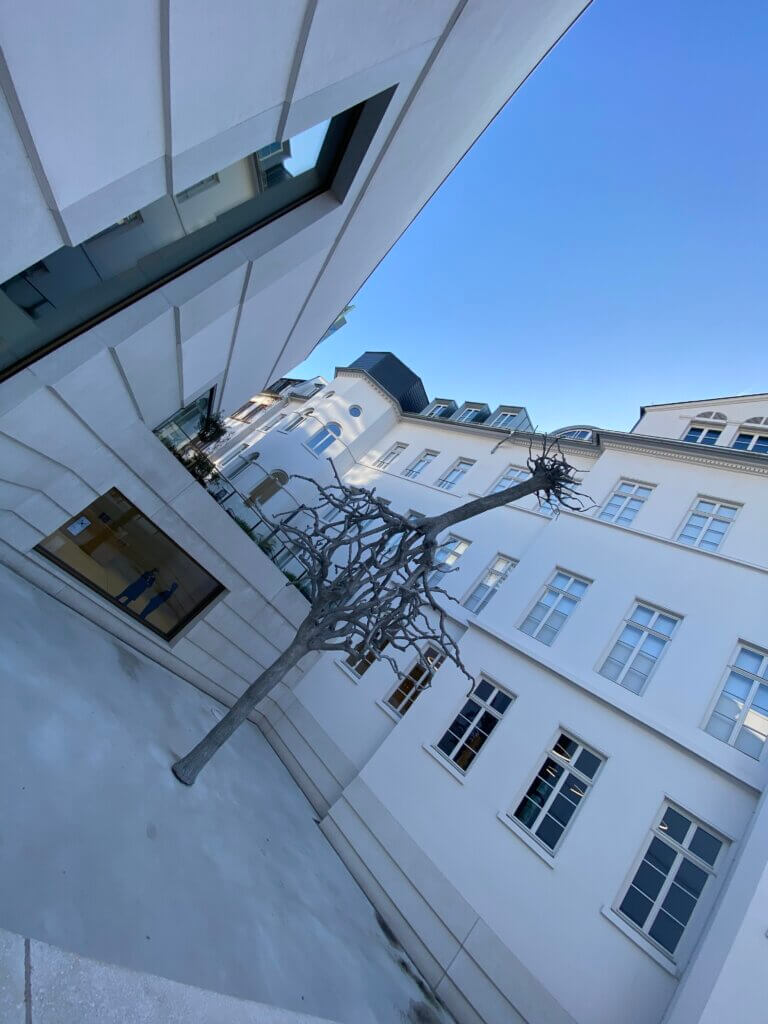
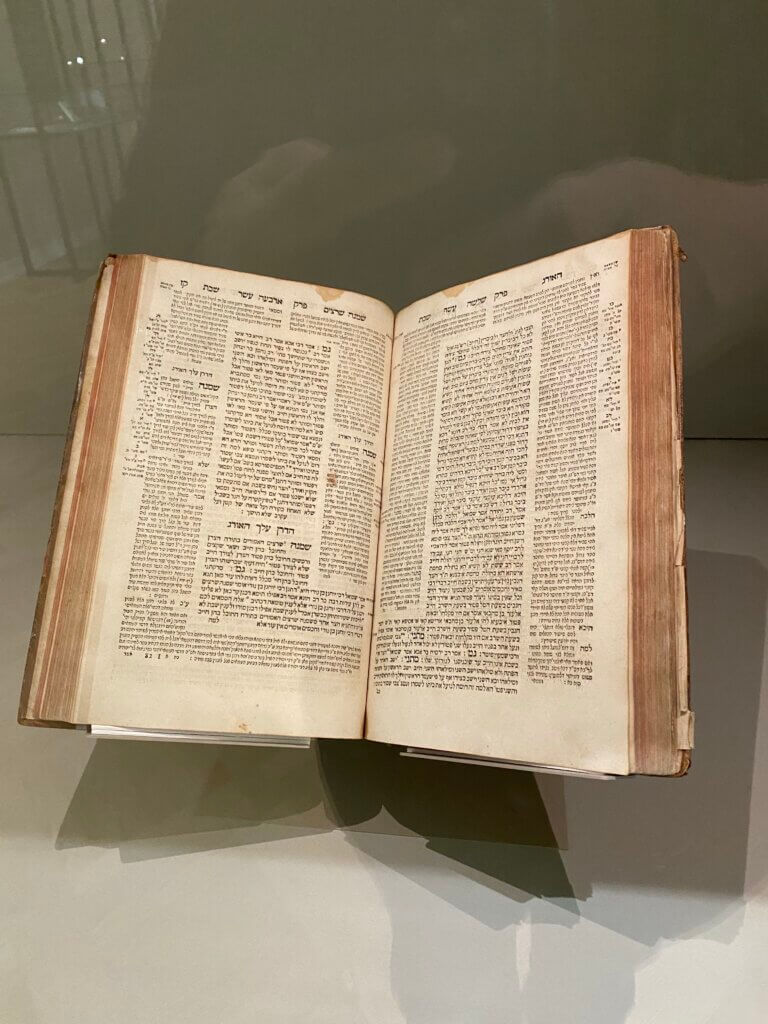
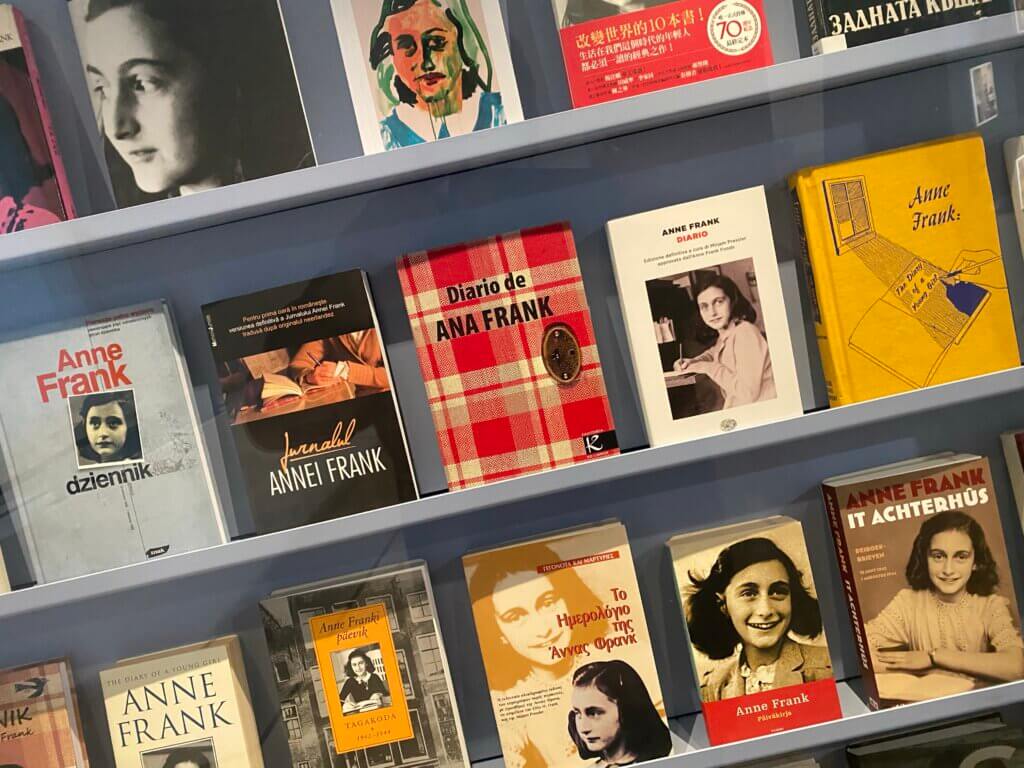
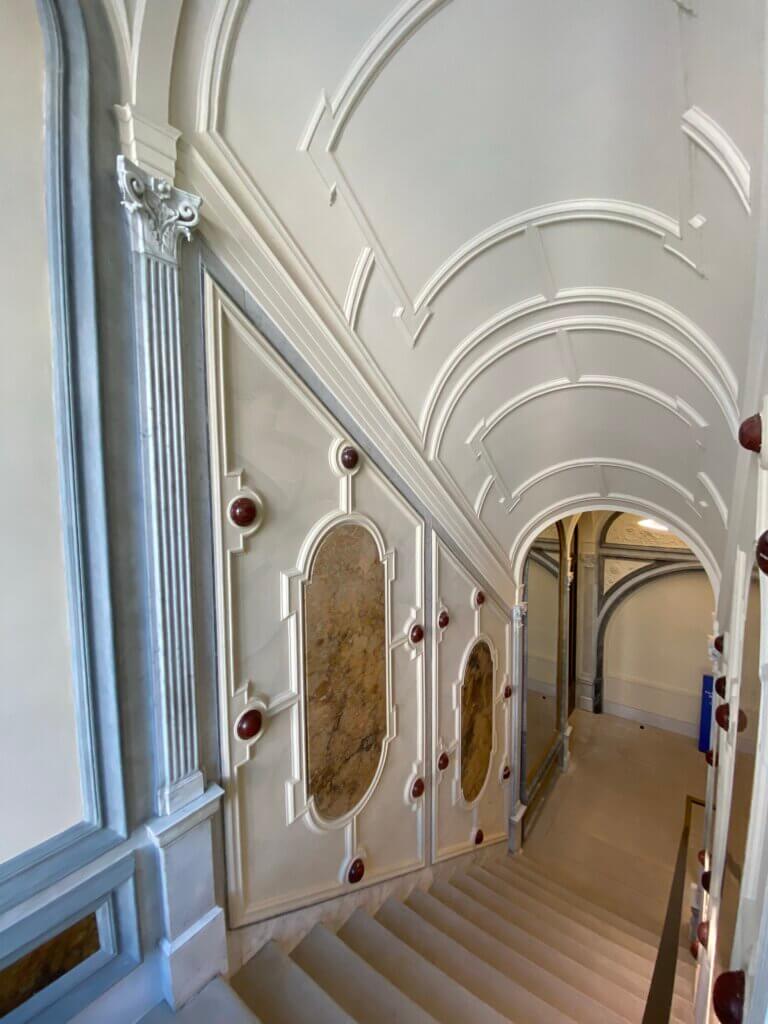
The Jüdisches Museum is located at the Rothschildpalais and a modern new museum building at the Mainkai, close to the Eiserner Steg bridge. Unfortunately, this building needs protection, the police is present, and you need to undergo an airport-style security screening before entering. But you shouldn’t refrain from entering, the museum is really worth a visit: It doesn’t exhibit the timeline of Jewish life in Frankfurt, but focusses on the history, on well-known Jewish families in Frankfurt and leads over to Jewish traditions and how their continued today. The museum makes use of a great mix of media and using an RFID card that you get at the entrance you can bookmarking topics to look at them at home. A good extension to the museum that helps to get deeper into history.
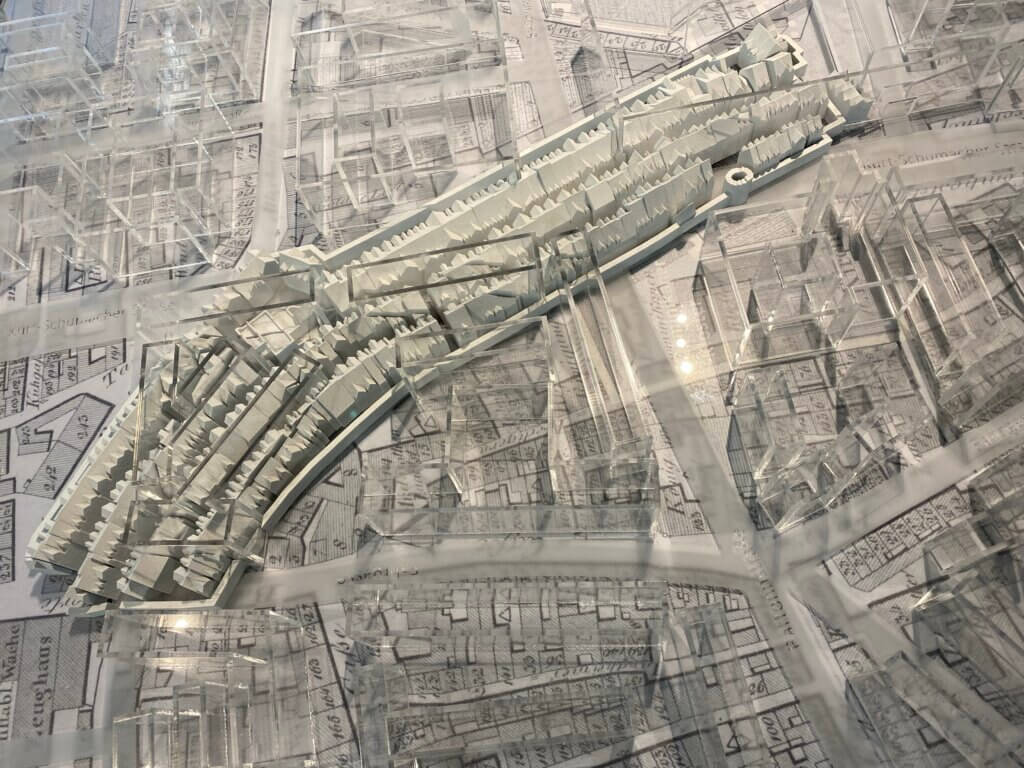
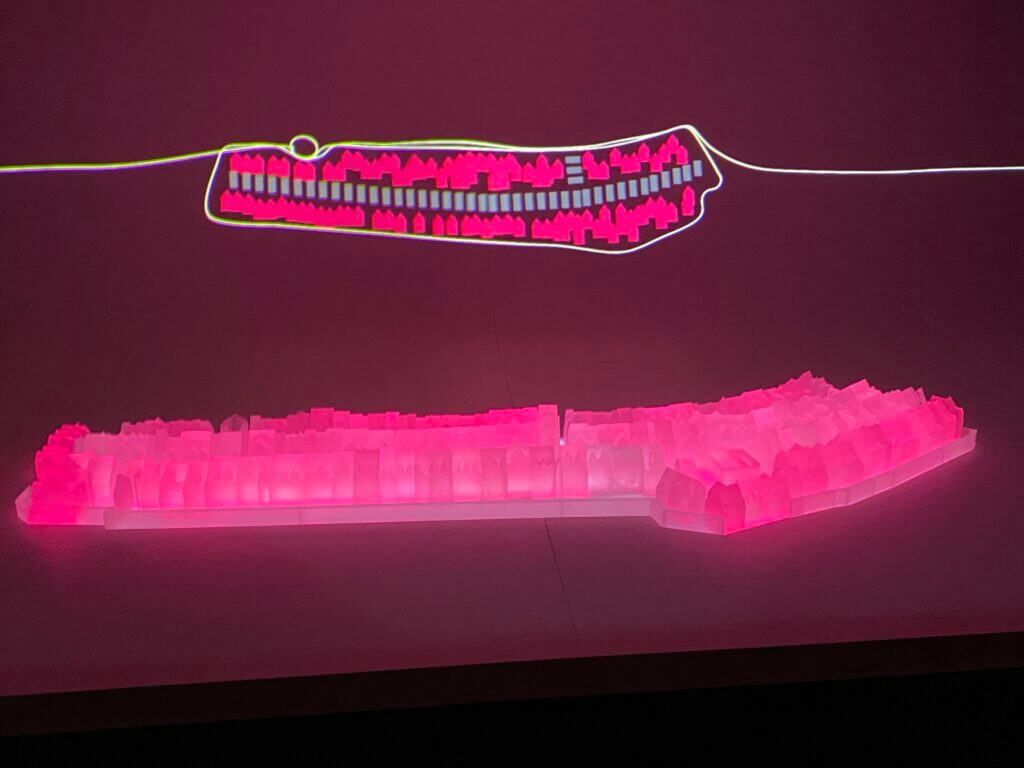
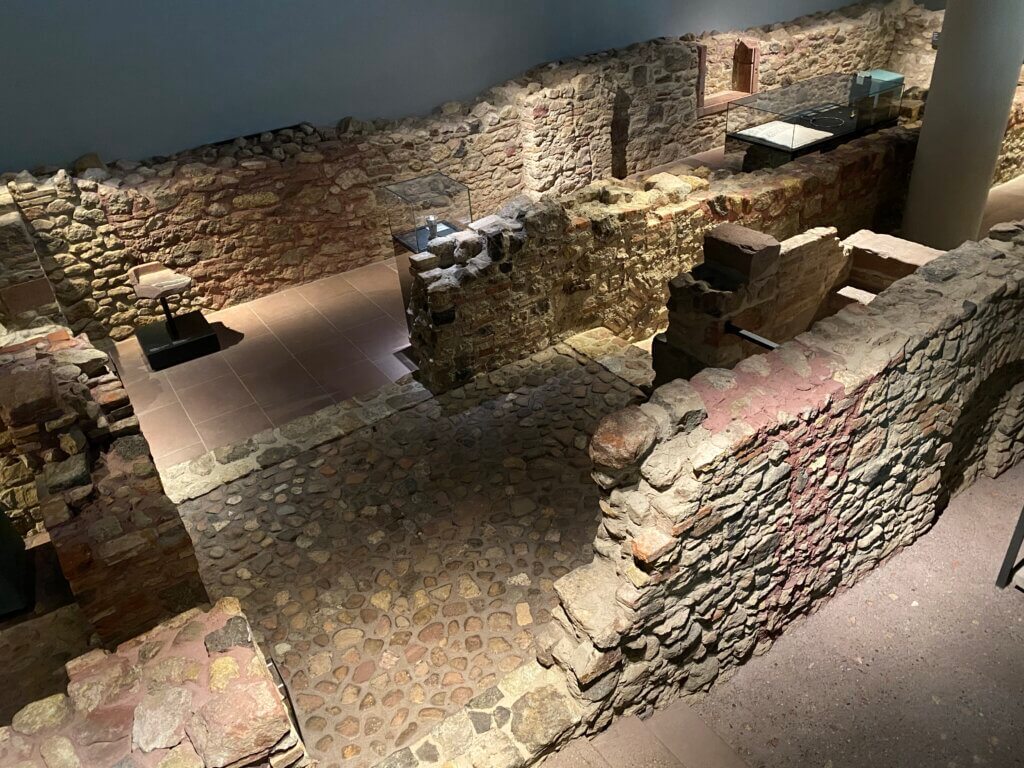
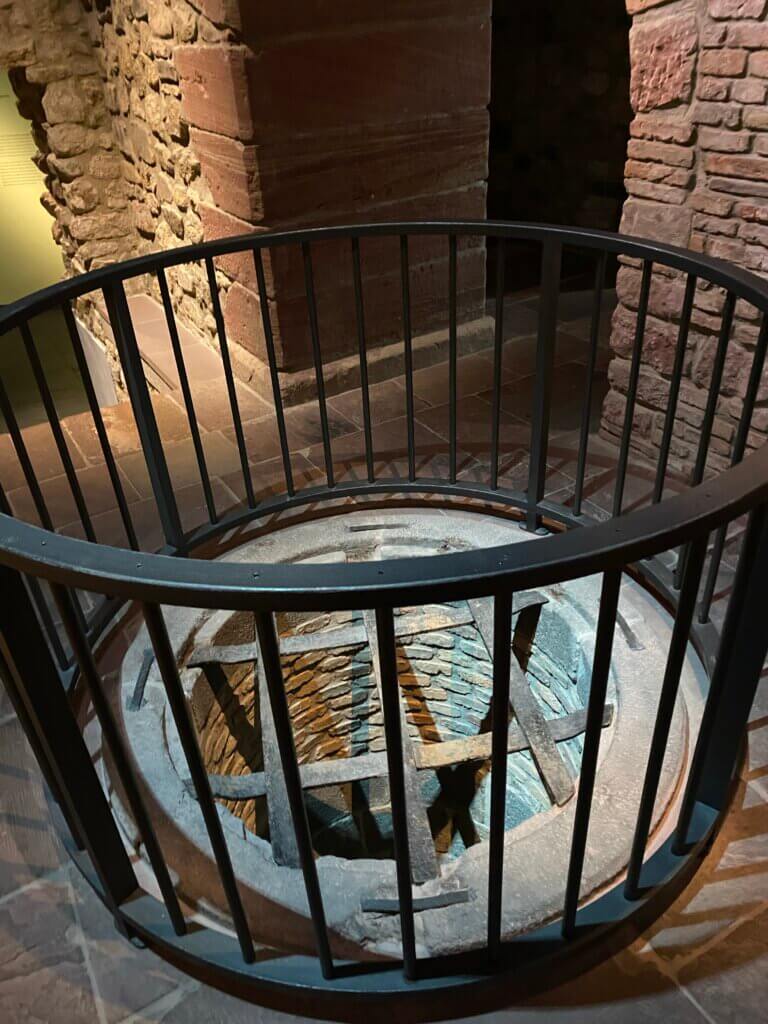
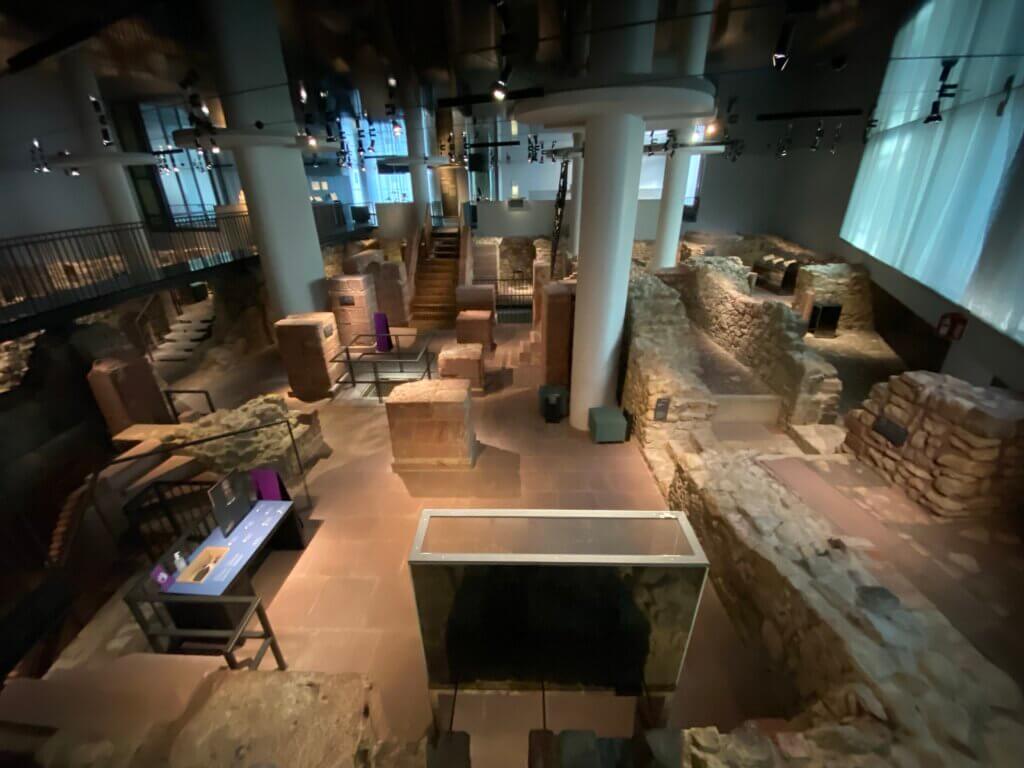
In 1462 the first Jewish ghetto in Germany was created in Frankfurt, the Frankfurter Judengasse. For more than 300 years it was clearly visible on maps, as it was gated and walled. The area was closed on Sundays and Christian holidays, but there was a lot of exchange between the people inside and outside. As every Jew had to live there the density was extremely high and the risk of fire was large, it must have been a very special life in there. The end of the ghetto came in 1796 because of the war with France: as the ghetto was burning during the siege of Frankfurt the Jews were allowed to settle in other places.
The Frankfurter Judengasse was torn down, only the cemetery next to the Börneplatz is still existing. The shape of the city changed and today it is impossible to see the original location of the ghetto on a map. But when in 1987 the public services of the city wanted to create a new customer office, they found the remains of the houses. After lengthy discussions it was decided to create a museum, preserve the walls, structures, cellars, and wells and to make them accessible to the public. Now you can walk through the ancient Judengasse and imagine how it must have been in the past.
Jüdisches Museum
Bertha-Pappenheim-Platz 1
Museum Judengasse
Battonnstraße 47
Frankfurt
Germany
Loading map...

